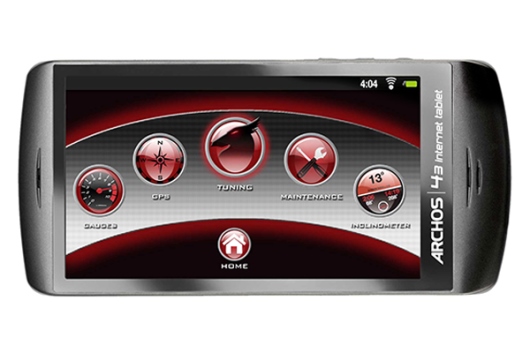With the computer chips, radar sensors, and embedded code you find in today’s cars, you’d be forgiven for thinking that they were giant smartphones on wheels instead! It does seem as though that is the direction that today’s automakers are going in. The cars of the future will be even more connected, providing car to car communication and autonomous features to help improve safety standards. Yet even in today’s models, you’ll find many coming with high-speed wireless connections. For example, when reading a current Mitsubishi Lancer review features like Bluetooth, smartphone connectivity, and wireless rear view cameras are all mentioned. However, these levels of connectivity can vary so it’s a good idea to know just what to look for in each model.
Wireless Connectivity Features to Look for in a Car
Mobile App Integration
In the United States, wireless carrier Sprint has announced a new mobile service that will allow automakers to improve the connectivity between mobile apps and a car’s onboard computer. This will allow drivers to control everything from dashboard navigation to climate control at the touch of a button. Platforms like these can be used with built-in wireless systems as well as outside mobile apps, to help manage the communication process between the car and mobile service. Many different types of apps could potentially be connected with the vehicle, including apps to locate fuel stations, locate and avoid traffic pileups, and help navigate inclement weather conditions.
Controlling the Car Remotely
Drivers are increasingly interested in being able to direct to their car’s central computer, which is what controls the engine and electronic devices. Wireless carrier Verizon now offers a device that is capable of plugging into the car’s diagnostics area, causing engine information to be relayed and displayed on a smartphone. This enables drivers to log trips, lock car doors, and even start or stop the engine using their smartphone device. You can expect to see more devices like this offered as standard kit for cars in the next few years.
Challenges to Overcome
These types of wireless and smartphone services will make driving a more accurate, efficient, and connected experience. However, it also comes with its own set of challenges. As more wireless features are added to cars, there is an increased risk of driver distraction. This is part of what keeps cabin infotainment systems from becoming even more lavish and complicated. Another potential problem is that as cars become increasingly computerized, they may fall victim to hackers who could start to control them remotely. Security is an important factor to consider when comparing wireless features on today’s automobiles.
Even the most basic models today are now offering hands-free calling, GPS navigation, and optional connection to cellular networks. You’ll see features like these mentioned in everything from a Hyundai i30 review at motoring.com.au to a review of the latest Ford Fiesta. Expect to see wireless features and mobile apps to become more sophisticated as the networks are improved. This will not only provide new entertainment capabilities, such as wireless streaming, but also help improve road safety by notifying drivers of icy patches on the road or traffic jams. Technology is changing rapidly, and what we can see in connected cars now is only the beginning.

